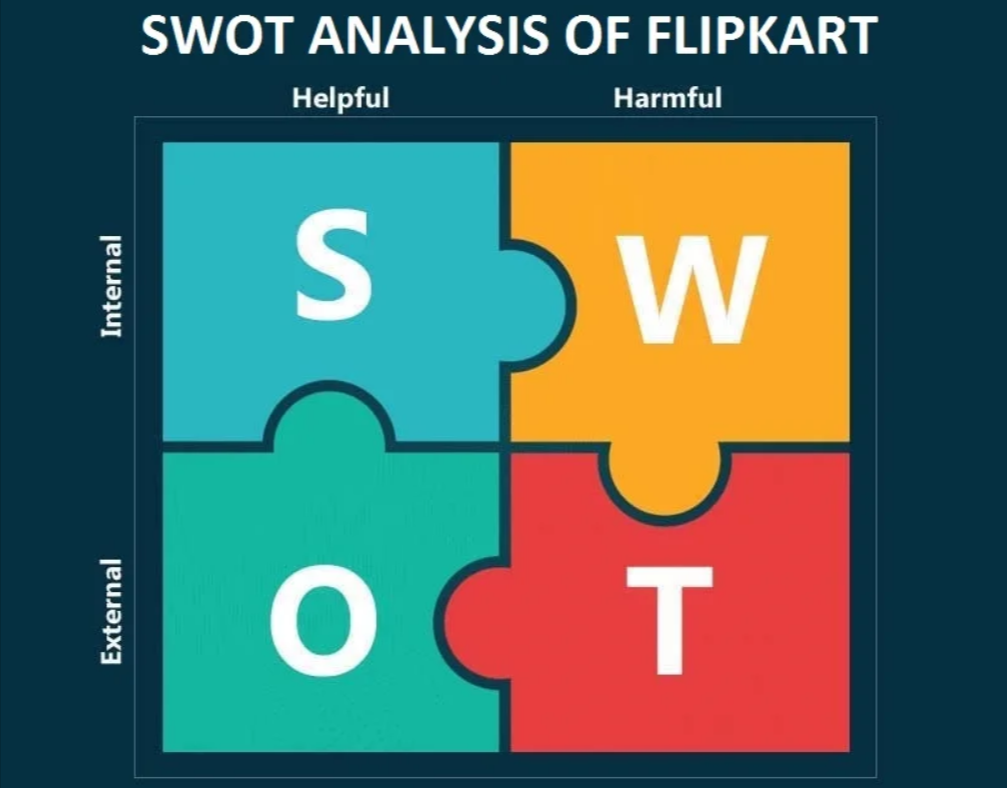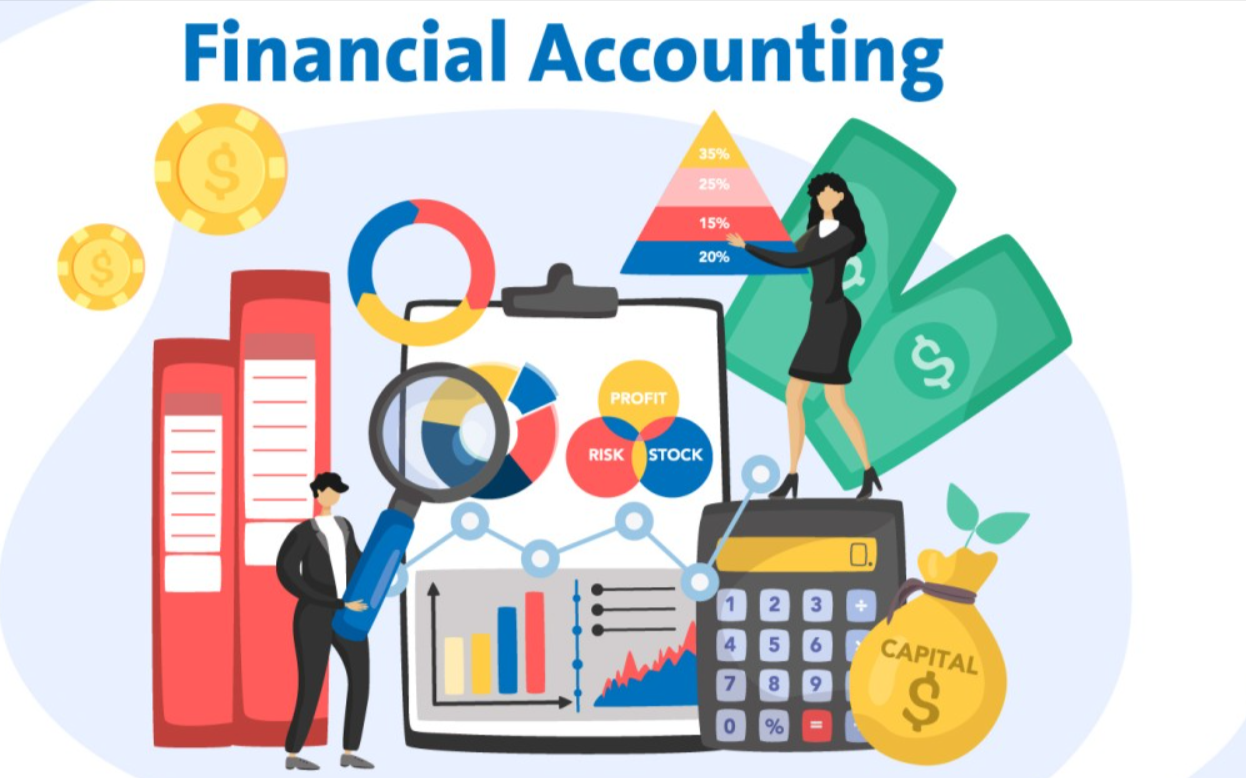Flipkart is India’s most prominent eCommerce platform has revolutionized online shopping in India since its inception in 2007. Being a pioneer in the e-commerce industry of India the growth of Flipkart has been impressive, particularly since the acquisition by Walmart in the year 2018. The company is now Flipkart holds a substantial part of India’s online retail market, battling fiercely against Amazon as well as a growing number of other companies in the areas of fintech and e-commerce. With the speed of digital change, changing consumer expectations, and the increasing competitive challenges, it’s essential to evaluate the current situation of Flipkart and the future. A SWOT analysis offers invaluable insights into Flipkart’s strengths and limitations, opportunities, and challenges in the current market.
Strengths
1. A strong brand Equity and Consumer confidence: Flipkart has built a reputation as a trusted and reliable online store through the many years. With its broad range of products, competitive pricing and policies that are geared towards consumers and policies, it’s often the preferred choice to millions of Indians. The most popular events, such as its Big Billion Days sale, are now a major shopping event for shoppers across the nation. The brand’s loyalty is high and the company’s focus on customer satisfaction with its return policy and speedy delivery further enhances its image.
2. Large Product Portfolio and Categories: Flipkart offers a vast assortment of goods, including fashion and electronics, grocery items and essentials for your home. This broad portfolio lets Flipkart to appeal to a variety of consumer demographics and to profit from cross-selling opportunities. Additionally, the introduction of Flipkart Grocery as well as its acquisitions of Myntra along with Jabong have boosted its standing in the lifestyle and fashion segment which makes it a major player in multiple categories.
3. Afficient Supply Chain and Distribution Infrastructure: Over time, Flipkart has built an efficient supply chain and distribution network. It has made significant investments in fulfillment centers, warehouses and last-mile delivery facilities particularly within cities in Tier 2 as well as Tier 3 cities where logistical issues are often important. This robust infrastructure enables Flipkart to offer quick and reliable delivery services throughout India and gives an advantage over other regional players and international competitors such as Amazon.
4. Technological Innovation and Data-Driven Methodology The company’s technological approach has allowed it to invent and effectively respond to evolving market needs. It makes use of artificial intelligence as well as machine learning as well as data analysis to customize customer shopping experiences, increase inventory, and optimize delivery routes. Additionally, its data-driven approach assists Flipkart gain useful insights into customers’ preferences that allow better product selection and targeting.
Weaknesses
1. The high dependency on the discounting strategy Growth of Flipkart was driven in part by the intense discounting during major sales. This is attracting a substantial client base, has also dragged down profits. The competition for prices is intense in the e-commerce industry of India and the company’s reliance heavily on discounts during events such as Big Billion Days strains profitability. This strategy, while boosting sales has created challenges in achieving a consistent profit.
2. Dependence of External Logistics Partners: Although Flipkart has invested significant sums in its logistics division, Ekart, it still depends on its logistics partners from outside for certain last-mile deliveries particularly in remote areas. This dependence can result in inconsistent the delivery times and quality, affecting customers’ experience. Making sure that the service is of high quality through these partnerships is an issue for Flipkart.
3. A limited global presence: Unlike Amazon its concentration has been on its Indian market, which has limited its opportunities for growth and exposure beyond India. Although its strategy of focusing on India has enabled it to gain a significant market share within the country but the strategy also means the company’s revenue streams are solely dependent on the Indian market’s dynamics and this can create an opportunity as well as a drawback when economic conditions change.
4. Inexpensive Profitability: Despite high sales, Flipkart has yet to attain the level of sustainable profitability. The company has invested massively in infrastructure, technology and acquisitions. In addition, its aggressive discounts have reduced the margins for profit. With growing demands from investors to attain profit, Flipkart may need to review its pricing strategies and improve operational efficiency.
Opportunities
1. Expansion of E-commerce to the Tier 2 as well as Tier 3 cities The next phase of e-commerce growth India is likely to be from Tier 2 and 3 cities, in which digital adoption is growing quickly. Flipkart has been able to penetrate these markets. With the increase in smartphone usage, digital literacy as well as the push for connectivity to the internet by government officials from the Indian Government, the possibility for growth is huge. By adjusting its delivery options, offerings and payment options for those regions Flipkart will be able to strengthen its market position in emerging markets.
2. Development in Digital Payments as well as Fintech integration: The move of Flipkart into fintech with Flipkart Pay Later and other payment options are in line with the rising trends in digital payments across India. The Indian government’s efforts to create an economy that is cash-free and the growing utilization for UPI (Unified Payments Interface) offer significant growth opportunities in digital payment. In addition to enhancing the offerings of its fintech partners, Flipkart can create a seamless payment and shopping experience, thus increasing loyalty of customers and transaction volume.
3. The growth of Grocery and Essentials E-commerce: The epidemic has surged the demand for grocery shopping online and Flipkart has benefited from this trend through the expansion of its grocery business. With consumers continuing to value convenience, the grocery business of Flipkart provides a huge growth opportunity. Through enhancing its grocery offerings and by leveraging the logistics system, Flipkart can increase its market share in this popular market and be competitive against other competitors such as Amazon BigBasket and Amazon. BigBasket.
4. The focus is on private labels and brands that are in-house: Flipkart has started introducing private label brands in categories like electronics, fashion, and home necessities, which lets it maintain the control over quality of products as well as pricing. Private labels generally offer higher margins than third-party products, which could boost profits. The expansion of its in-house brands offers Flipkart with the chance to appeal to customers with a price sensitivity while boosting margins.
Threats
1. A raging competition in the E-commerce space: Indian online retail sector has become extremely competitive with Amazon and Reliance’s JioMart, Tata Cliq, and other startups competing with each other for market share. Reliance and Tata with their vast pockets and solid branding equity pose serious challenges to Flipkart’s market power. The increased competition could trigger new price wars, which could impact the ability of Flipkart to keep its growth rate at a high and profits margins.
2. Regulations and Policy Changes The regulatory environment in India for e-commerce is changing and the government is taking measures to safeguard domestic retailers as well as consumers. Recent policy changes have imposed limitations on FDI in the e-commerce industry, and more stringent guidelines for data localization and foreign-owned marketplaces. These rules could hinder the operations of Flipkart and affect the company’s ability to launch new services or extend existing ones. Making the necessary adjustments to meet these requirements is a major problem in the coming years.
3. Consumers are shifting towards Omni-Channel shopping While the Indian retail landscape changes and changes, there is a clear shift to omni-channel shopping, which is where customers prefer a mix of offline and online shopping experiences. Traditional retail giants, supported by conglomerates such as Reliance are making use of their physical stores as well as digital platforms to provide a seamless shopping experience. This could affect the market share of Flipkart should it not be able to adjust to provide a blending online and offline experience.
4. Cybersecurity Security Risks and Data Privacy Beware as an e-commerce company, Flipkart is highly vulnerable to cybersecurity threats and data breach. It collects a huge amount of customer data, which makes it a prime victim of cyber-attacks. In a world where people are becoming more worried about their privacy Any security breach can be devastating to Flipkart’s reputation and undermine trust among consumers. Enhancing its cybersecurity will be essential for maintaining the trust of consumers.
Future Outlook
In the near future, Flipkart has significant opportunities to increase its market share by leveraging the growing technology adoption in smaller cities and expanding its fintech offerings as well as expanding its essentials and grocery segment. The company’s future success will hinge upon its capacity to adapt and innovate to the dynamic Indian market as well as addressing issues with regulatory and the intense competition. With the increasing emphasis on profit, Flipkart will need to achieve the right balance between profitability and growth.
In the end, although Flipkart’s leadership position in the Indian online marketplace is solid but it is also facing significant competition from both regulatory as well as competitors. With its established brand, a robust logistics infrastructure, and customers’ confidence, Flipkart is well-positioned to profit from growth opportunities in the near future and maintain its position as a leader as it continues to grow with India’s fast-changing digital environment.




